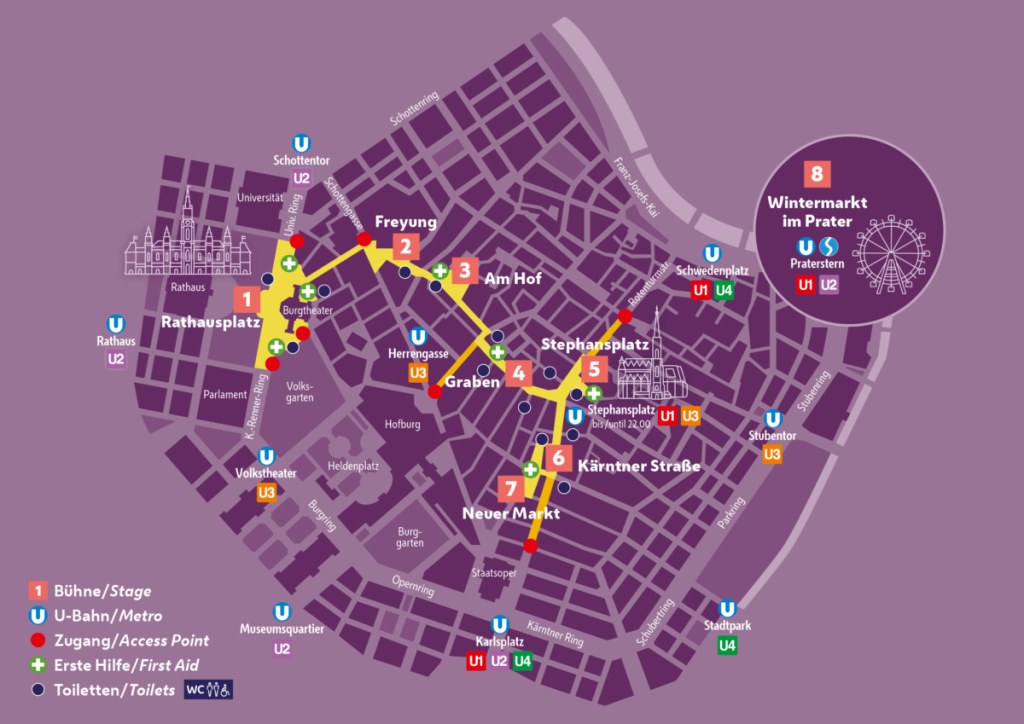It’s now official: the end of July was particularly hot in Austria; according to the weather service Ubimet, the month was around two degrees hotter than the long-term average. It is, therefore, the third hottest July in the 257-year history of measurements. Only July 2015 (+2.5 degrees from the average) and July 2006 (+2.3 degrees) were even warmer. Nevertheless, records were broken regionally. For example, in the southeast of the country, the month was the warmest July in history.
Lots of heat in the south and east
Brisk low-pressure activity in western and north-western Europe led to heat and heavy thunderstorms in the Alpine region. However, there were some significant differences between the West and the East. The greatest deviations between +2.5 and +3 degrees were measured in the southeast and east, whereas from Vorarlberg to Upper Austria, they were “only” +1 to +1.5 degrees. Bregenz was the place with the smallest temperature deviation, and Bad Radkersburg was the one with the largest.
In the south-east of the country, from Klagenfurt to Güssing, for example, July often came out on top. The hottest days were also recorded here. The 30-degree mark was reached or exceeded on 20 days in Ferlach and 19 days in Bad Radkersburg and Güssing. “In Klagenfurt, the longest heatwave since measurements began in 1950 was recorded in the middle of the month with eleven hot days in a row,” explains Christoph Matella, meteorologist at Ubimet. The highest temperature recorded in Austria was 36.3 degrees in Andau on July 10. For example, new monthly records were also broken regionally for tropical nights in Vienna.
With a minus of around 15 percent, July brought slightly less sunshine in the west than the long-term average but somewhat more in the east, with a plus of 10 to 15 percent. The sunniest regions were from eastern Styria to northern Burgenland. Across the country, the month was sunny on average.
Heavy thunderstorms, lots of lightning
July was also characterized by numerous thunderstorms, and the differences in the precipitation balance are correspondingly large: from Upper Austria to northern Burgenland, there was often less than half the usual amount of precipitation. July was far too dry in the eastern lowlands and hills, with a minus of 70 to 90 percent. In the mountains and hills and in the south, on the other hand, repeated heavy thunderstorms caused large amounts of precipitation quickly. The greatest increase of around 80 percent was recorded around the Aflenz Basin in Upper Styria and the Waldviertel. Most rain fell in the Aflenz Basin, and there were slow-moving thunderstorms on July 16. This resulted in severe flooding and mudslides.
With around 520,000 lightning strikes in Austria, July saw around 10 percent more lightning strikes than the 10-year average. However, there were major regional differences. While Styria, Carinthia, and Lower Austria recorded a significant increase, less lightning than usual was detected in Vorarlberg, Tyrol, Salzburg, and Vienna. Styria was the thunderstorm hotspot, with around 185,000 lightning discharges. The day with the most lightning of the month was July 12, with almost 190,000 discharges.
- source:diepresse.at/picture: pixabay.com
This post has already been read 10742 times!



